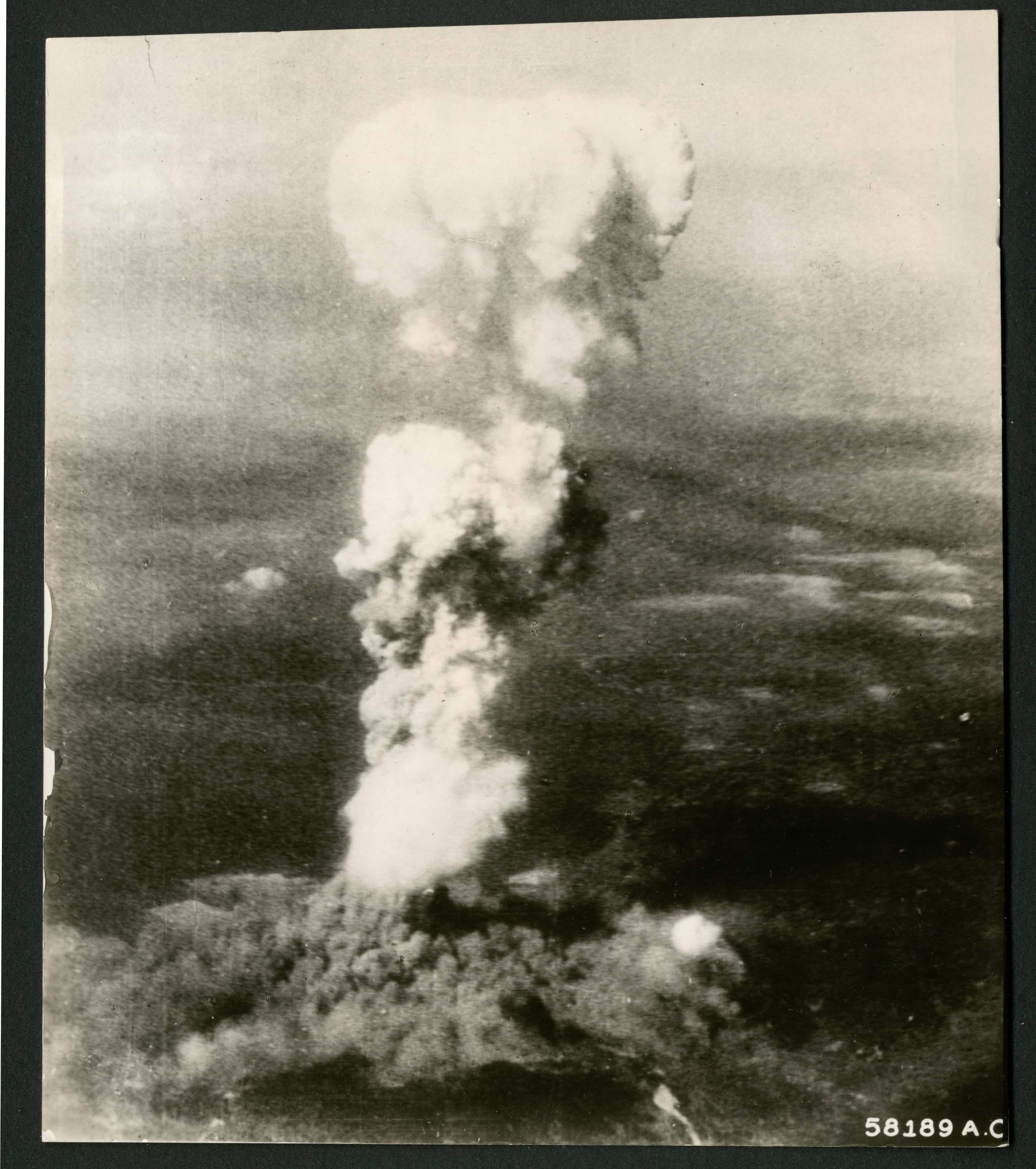

The U.S.’s top-secret Manhattan Project, spurred into creation after Albert Einstein warned President Franklin Roosevelt of the catastrophic consequences should Nazi scientists develop an atomic bomb first, had been working for four years to create such a weapon. Japan surrendered days later, officially ending World War II. ( Read the messages Hiroshima survivors gave Obama.) Perhaps 160 people survived both blasts, though only one was officially recognized by the Japanese government. The city’s topography-shielded by a valley and veined with fire-stopping water channels-lessened the bomb’s effects, even though Fat Man’s payload was actually larger than Little Boy’s.

on August 9, a second bomb, called Fat Man, hit Nagasaki, causing another 80,000 casualties. This event marked the first time a nuclear weapon was used against people in earnest.Īt 11:02 a.m. After effects, such as complications from radiation exposure, have since taken the lives of unknown thousands more. The vast majority of casualties were civilians. Though accurate estimates are impossible, it's believed the immediate blast killed about 70,000 people and injured another 70,000. on August 6, 1945, an atomic bomb-codenamed Little Boy-detonated 1,900 feet above Hiroshima, Japan. Photograph by Bernard Hoffman, The LIFE Picture Collection, Getty ImagesĪs the anniversary of these attacks is marked with prayer, reflection, and ceremony, get a refresher on nuclear weapons, then and now. The bomb dropped on Hiroshima killed about 70,000 people immediately another 70,000 were injured, and thousands more have since died as a result of radiation exposure.

HIROSHIMA, late 1945-The twisted wreckage of a theatre lurches above rubble some 900 yards from the epicenter of the explosion.


 0 kommentar(er)
0 kommentar(er)
